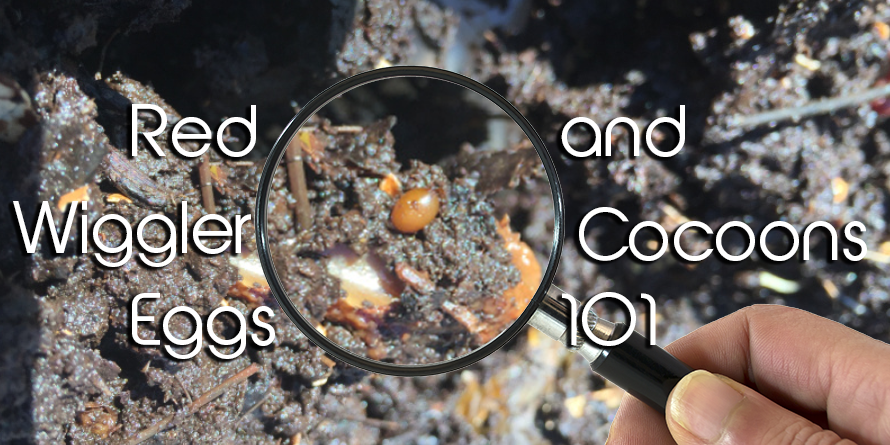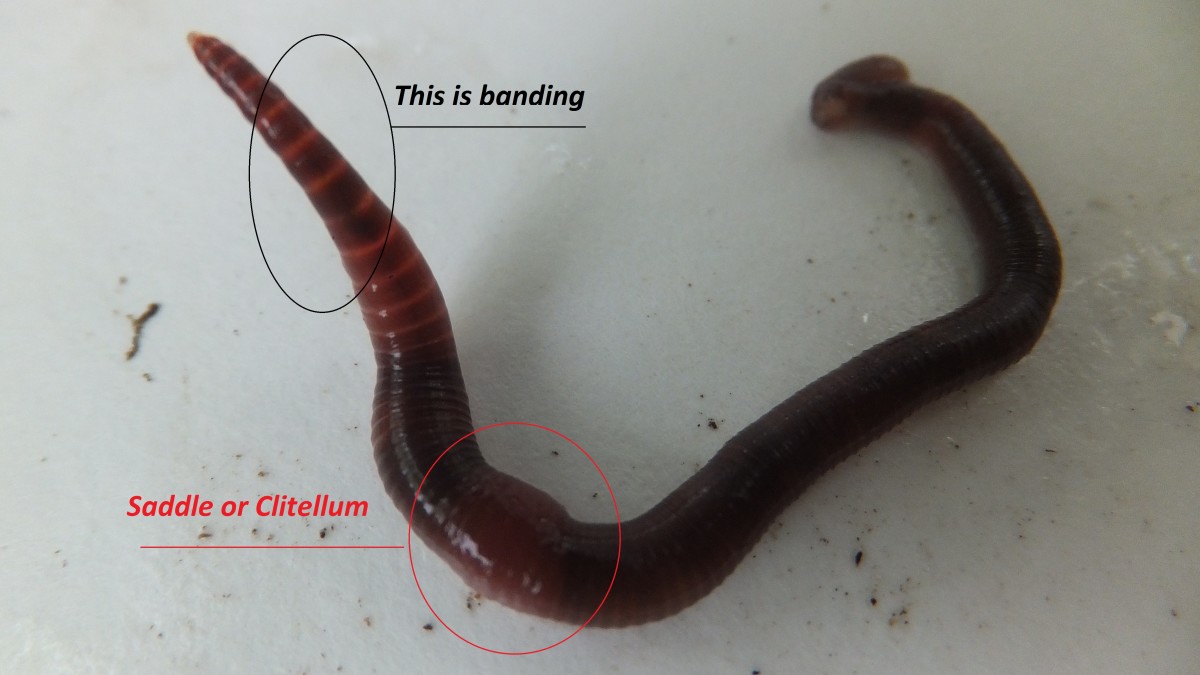Take Care of Your Lawn with the Best Products from Lake Hickory Bait
Take Care of Your Lawn with the Best Products from Lake Hickory Bait
Blog Article
Unlock the Tricks of Red Wigglers: Your Guide to Composting Success
The integration of red wigglers into composting practices provides a considerable opportunity for boosting soil wellness and advertising sustainability. These microorganisms are not simply effective recyclers of organic waste; they offer a myriad of advantages that can change yard administration. Comprehending their requirements and actions is vital for maximizing their potential, from setting up a suitable worm bin to feeding them the best products. As we check out the essential parts of effective vermicomposting, one might ask yourself just how these tiny creatures can cause an extra vivid and effective yard ecological community.

What Are Red Wigglers?
(Lake Rhodhiss Bait)Red wigglers, clinically called Eisenia fetida, are a types of earthworm largely used in composting as a result of their remarkable ability to decay raw material successfully. These worms are defined by their reddish-brown coloration and a segmented body, generally gauging in between 3 to 4 inches in size. Unlike other earthworm types, red wigglers grow in rich, natural atmospheres, making them optimal for vermicomposting systems.
Belonging To The United States And copyright, they are often located in decomposing leaves and compost stacks, where they play a vital role in nutrient recycling. Their adjustment to residing in a wet, cardiovascular setting allows them to eat large amounts of natural waste, simplifying right into nutrient-rich castings that improve soil wellness.
Red wigglers recreate swiftly, with a single worm qualified of producing numerous cocoons each week, each having multiple hatchlings. This fast reproduction price adds to their performance in composting procedures. They prefer temperatures in between 60 ° F and 80 ° F, and their task degree increases considerably within this variety, more assisting in the decomposition process. Comprehending the biology and habits of red wigglers is crucial for maximizing their potential in composting applications.
Advantages of Making Use Of Red Wigglers
Harnessing the power of red wigglers in composting provides various benefits that enhance soil health and advertise lasting waste monitoring. These exceptional microorganisms effectively break down organic matter, changing cooking area scraps and backyard waste into nutrient-rich vermicompost. This completed product is extremely useful for plant growth, as it improves dirt framework, enhances moisture retention, and enhances vitamins and mineral schedule.

(Red Wiggler Express)Furthermore, the visibility of red wigglers in your composting system can speed up the composting process, generating high-grade compost in a fraction of the moment compared to typical techniques. The castings generated by these worms are likewise including valuable bacteria that further improve the soil ecological community.
Establishing Your Worm Container
Producing a reliable worm bin is an uncomplicated process that can significantly improve your composting efforts. The initial step is choosing an ideal container. Worm bins can be made from plastic storage space bins, wooden boxes, or readily available worm containers. Ensure the bin has ample drainage and air flow openings to maintain ideal moisture levels and air flow.
Following, prepare the bed linens material, which serves as the worms' habitat. A mix of shredded newspaper, cardboard, and coconut coir works well, offering a comfy setting for the worms.

Feeding Your Red Wigglers
To ensure the wellness and efficiency of your red wigglers, it is vital to offer them with a well balanced diet plan that meets their dietary needs. Red wigglers grow on a diverse array of natural materials, which not just supply needed nutrients yet likewise promote efficient composting.
Begin by including cooking area scraps such as veggie peels, fruit cores, and coffee premises. Prevent citrus fruits, onions, and garlic, as these can be damaging to worm health and wellness. In addition, introduce shredded paper, cardboard, and dry leaves to create a well-aerated setting.
Feeding frequency should be monitored; generally, worms can take in half their body weight in food weekly. It is crucial to prevent overfeeding, as excess food can result in unpleasant odors and bring in parasites. A great technique is to include food in little quantities, permitting worms to process it prior to introducing a lot more.
Maintaining wetness degrees is likewise vital; the bed linens ought to perspire yet not soaked. Finally, be certain to regularly check the temperature and pH levels of the bin to make certain an optimum environment for your red wigglers, ultimately enhancing their composting effectiveness.
Harvesting and Making Use Of Compost
A successful composting procedure with red wigglers finishes in the rich, dark compost understood as vermicompost, which can significantly enhance soil wellness and plant growth. Gathering this nutrient-dense material usually takes place every 3 to six months, depending on the dimension of your system and the amount of raw material being refined.
To harvest, carefully separate the compost from the worms and any undecomposed materials. One efficient method involves relocating the materials of the bin away and adding fresh bedding and food to the empty room, motivating the worms to move. After a few days, the garden compost can be gathered from the contrary side.
It is important to make use of vermicompost properly to maximize its benefits. By incorporating vermicompost into your gardening routine, you not only recycle natural waste yet likewise produce a growing ecological community that sustains sustainable gardening practices.
Conclusion
In summary, red wigglers serve as phenomenal allies in composting initiatives, changing organic waste right into nutrient-rich vermicompost. By recognizing the optimum problems for their environment, feeding requirements, and compost harvesting techniques, garden enthusiasts can enhance soil wellness and advertise plant vitality.
Report this page